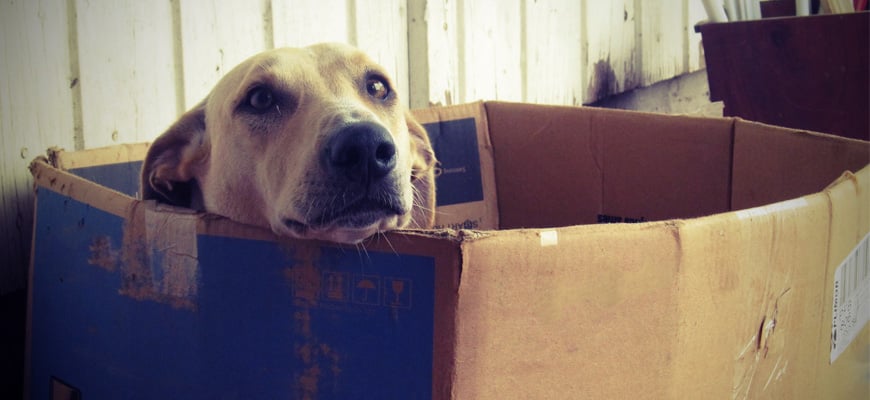
Creating your own Rocket Industrial personal account has many benefits:

It’s likely that every day, your company packs products into corrugated boxes to keep them safe in transit. You’ve done it for years. So, is it possible you’re not using the right box? There are a lot of basic elements that go into a box’s design and using the wrong one can be a costly mistake that a lot of companies make. Here are the most common misconceptions we’ve heard people make about corrugated boxes.
"I just need a simple cardboard box." Corrugated boxes are not the same as cardboard boxes. Cardboard is like the thick paper in a cereal box, while corrugated boxes have an inner and outer layer with a zig-zag pattern in between. While corrugated boxes may incorporate cardboard, the distinction remains crucial: cardboard refers to paperboard, while the term corrugated refers to boxes featuring fluting.
"I need a heavy-duty box, so I need the highest-poundage box since it's the strongest." When you look at the label on corrugated boxes, it shows either an Edge Crush Test (ECT) number or a Bursting Test number. The higher number doesn't always mean it's the strongest. Bursting strength is about how much pressure a small part of the box can handle, while ECT measures the overall strength of the box. Usually, ECT matters more, especially if you're putting boxes on pallets. - Want to learn more? Read about Mullen vs ECT ratings and see a comparison graph.
"I have heavy packages, so I need the highest ECT." Even if you have heavy boxes on pallets, the highest ECT rating may not be needed. You should think about how much weight the bottom box on a pallet will carry and the conditions it will face. Special tests can help determine the right strength and prevent you from buying boxes that are too strong and costly.
"Stronger boxes are expensive and lightweight boxes are cheap." Corrugated boxes come in single, double, or triple-wall options. It's not just about strong and expensive versus light and cheap. According to Zach Deering, a packaging engineer and our product manager, “In order to make ordering boxes as quick and easy as possible, resellers pitch the idea that there’s one option that’s super strong and expensive and another that’s lightweight and cheap, but there’s a lot more to it than that.”
You need to consider how long you'll store them and the environment they'll be in. For example, a box shipping from Wisconsin to California in February is going to hit sub-zero temps, snow, heat, and humidity. These things aren’t called out by just one number printed on a box. Sometimes, special orders or custom designs might be necessary to meet your needs.
"Professional testing is expensive, so I'll just keep buying my usual boxes." Rocket Industrial offers free testing to our clients to help pick the right corrugated boxes and other materials. Our team looks at factors like how well recycled boxes hold up in different conditions and whether you need special tape. It's a valuable service to help you make the right choice without added costs. In fact, most of our lab recommendations end up with a reduction in material and/or shipping costs.
If you're in need of the perfect boxes and cartons for your packaging needs, look no further. Rocket Industrial is here to help. Our experts can guide you in selecting the most suitable options, and our specialized testing lab is at your service to recommend the best solutions. Don't hesitate to get in touch with us for tailored packaging expertise and free testing services. Your packaging needs are our priority.